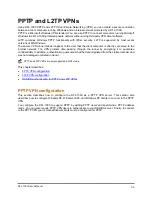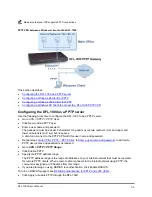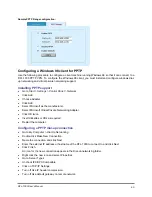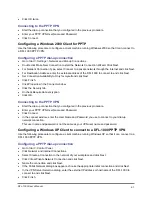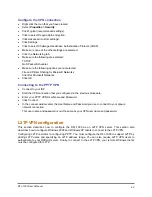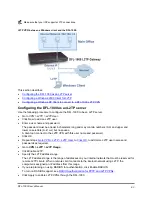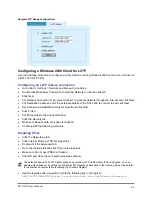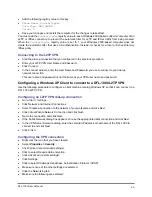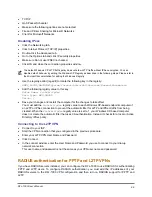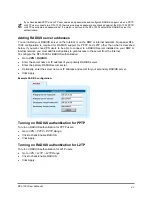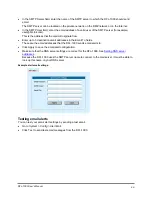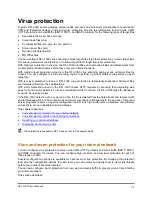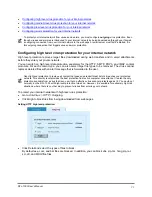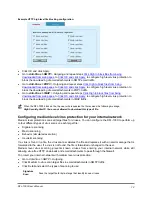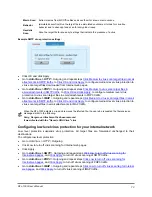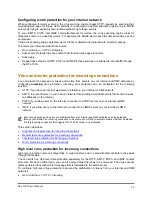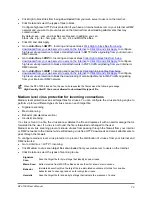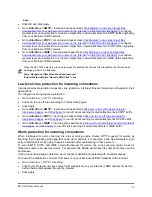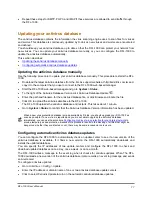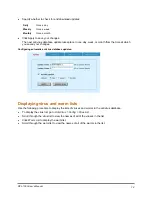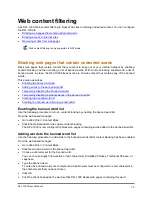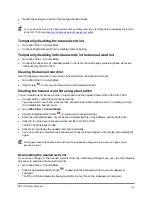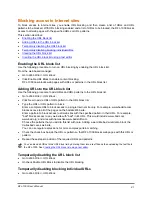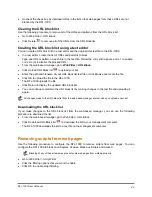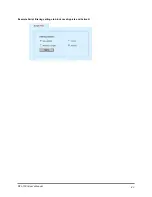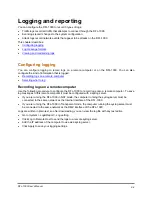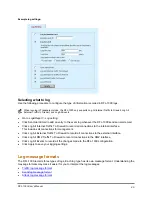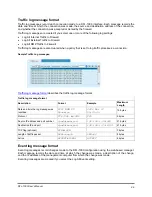
•
Configuring high level virus protection for your internal network
•
Configuring medium level virus protection for your internal network
•
Configuring low level virus protection for your internal network
•
Configuring worm protection for your internal network
To protect your internal network from viruses and worms, you must configure
outgoing
virus protection. Even
though viruses and worms are introduced to your internal network by being downloaded through your firewall,
an outgoing connection from your internal network to the web page or email server must first be started. It is
this outgoing connection that triggers virus and worm protection.
Configuring high level virus protection for your internal network
High level protection removes target files downloaded during web transfers and in email attachments
before they enter your private network.
You can switch on high level data protection separately for the HTTP, SMTP, POP3, and IMAP content
protocols. For each content type, you can also select target file types to be removed. The virus scanner
replaces deleted files with an alert message that is forwarded to the user.
Use High level protection to remove all content that poses a potential threat before it reaches your protected
network. This security level provides the best protection from active computer virus attacks. It is also the only
protection available from a virus that is so new that no effective virus scanner protects against it. You would not
normally run the DFL-1000 with high level protection turned on. However, it is available for extremely high risk
situations, where there is no other way to prevent viruses from entering your network.
To protect your internal network with high level virus protection:
•
Go to
Anti-Virus > HTTP
> Outgoing.
•
Click High to block files from being downloaded from web pages.
Setting HTTP high level protection:
•
Click Detail and select the types of files to block.
By default exe, com, and bat files are blocked. In addition, you can block vbs, zip, tar, hta, gzip, rar,
scr, dll, and MS Office files.
DFL-1000 User’s Manual
71


